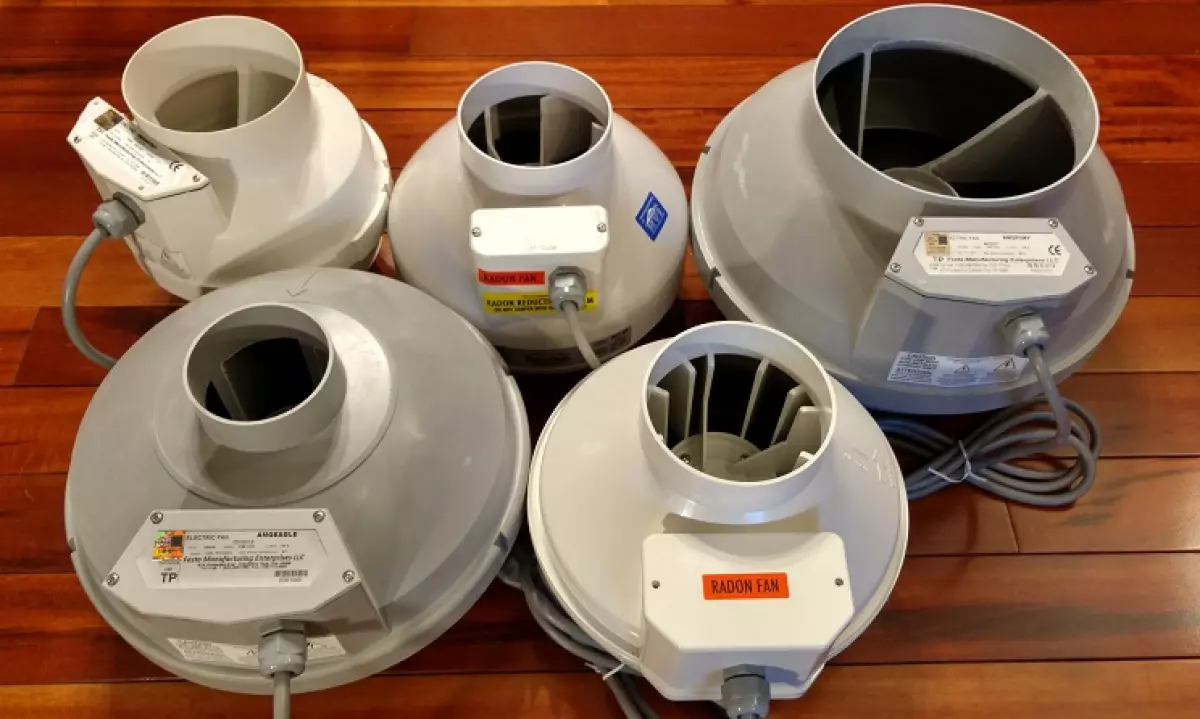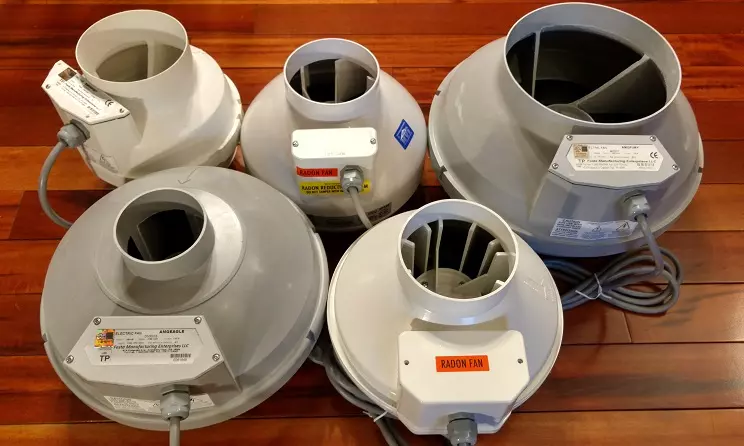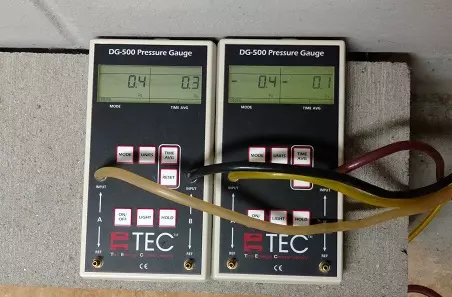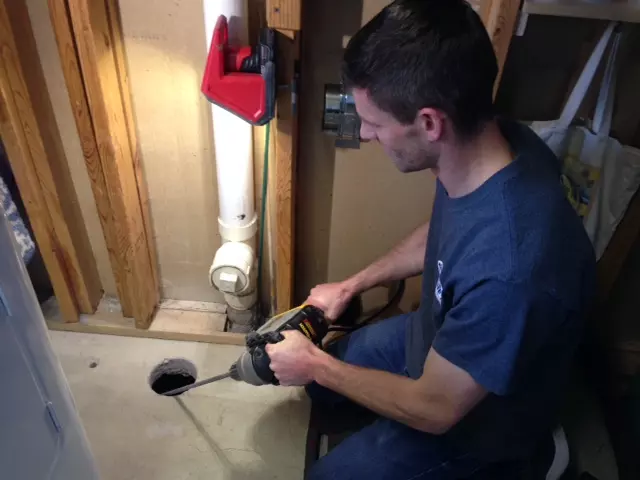In this article, we'll explore the different types of radon fans, their applications, and how to choose the right radon fan for your needs. While all radon fans may seem the same, selecting the correct one is crucial for an effective radon mitigation system and the overall health of your family.
Best Radon Mitigation Fan Manufacturers
When it comes to radon fan manufacturers, three main players stand out: RadonAway, Festa, and Fantech. These companies offer a wide range of radon fans, each with its own specific application. Let's dive deeper into the different types of radon fans available.
Radon Fan Types
There are three main categories of radon fans to choose from:
- Low Suction, Low Airflow
- Moderate Suction, Moderate to High Airflow
- High Suction, Low Airflow
 Want to learn how to choose a radon fan?
Want to learn how to choose a radon fan?
Low Suction Radon Fans
These fans are ideal for homes with drain tile or 4 to 6 inches of gravel underneath. They are also commonly used in passive radon reduction systems installed during home construction. Low suction fans are the quietest and least expensive to operate, consuming only $20 to $30 worth of electricity per year.
Examples of low suction radon fans include:
- RP140 by RadonAway
- Spirit by Festa
- RN1 by Fantech
Moderate Suction Radon Fans
Moderate suction radon fans are suitable for medium to large homes with gravel or drain tile beneath the concrete slab. These fans are capable of moving a significant amount of air without exerting excessive suction. It is important to seal any openings to prevent the radon system from drawing conditioned air from inside the house, which can lead to backdrafting and carbon monoxide dangers. Moderate suction fans consume $55 to $140 worth of electricity annually.
Examples of moderate suction radon fans include:
- RP145, RP260, RP265, RP380, XP151, XP201, XR261, GP201, GP301, and SF180 by RadonAway
- Maverick, Hawk, Prowler, Legend, Patriot, and Fury by Festa
- RN2, RN3, and RN2SL by Fantech
High Suction Radon Fans
For homes with tight soils like clay and sand, high suction fans are recommended. These fans may require multiple suction points to create vacuum under the entire house. High suction fans add $100 to $175 to your annual electric bill and are relatively noisy, making a noise suppressor a suitable addition, especially if the radon fan is near a bedroom or deck.
Examples of high suction radon fans include:
- GP401, GP501, GP500, and GX5 by RadonAway
- Force, Eagle, and Eagle Extreme by Festa
- RN4EC by Fantech
How to Choose the Right Radon Fan
Choosing the right radon fan involves testing and measurement to create suction under your entire home. Factors such as pressure field extension, required airflow, and operating pressure need to be considered. Diagnostic test holes are drilled in different areas of the basement to measure pressure field extension before any suction is applied.

The amount of air movement and friction loss in the vent pipe and fittings are also measured. Vent pipe sizes vary based on cubic feet per minute (CFM), with larger diameter pipes being used for higher CFM values.

Finally, once the vent pipe is installed, the radon fan that meets the calculated specifications is attached and tested for the desired suction in the diagnostic test holes. It is crucial to choose the appropriate radon fan for the type of soil beneath your home and to avoid using a low suction fan on tight subsoils like clay or sand.
Why Bigger Isn't Always Better
It may seem intuitive to choose a larger radon fan thinking it will lower radon levels further, but this is not always the case. In fact, selecting a fan that is too powerful can lead to increased energy bills and the potential for backdrafting. It is important to select a radon fan that meets the necessary specifications without exceeding the manufacturer's recommended operating pressure.

Conclusion
Selecting the right radon fan is crucial for an effective radon mitigation system. Factors such as soil type, suction requirements, and fan specifications need to be considered to ensure optimal results. Remember, bigger isn't always better when it comes to radon fans. Choose wisely and prioritize the health and safety of your family.
Radon is a radioactive, cancer-causing gas that should not be taken lightly. Ensure you choose a qualified radon mitigation contractor who performs diagnostic testing to minimize radon levels in your home.
Request a Free Radon Mitigation Estimate Today!

















